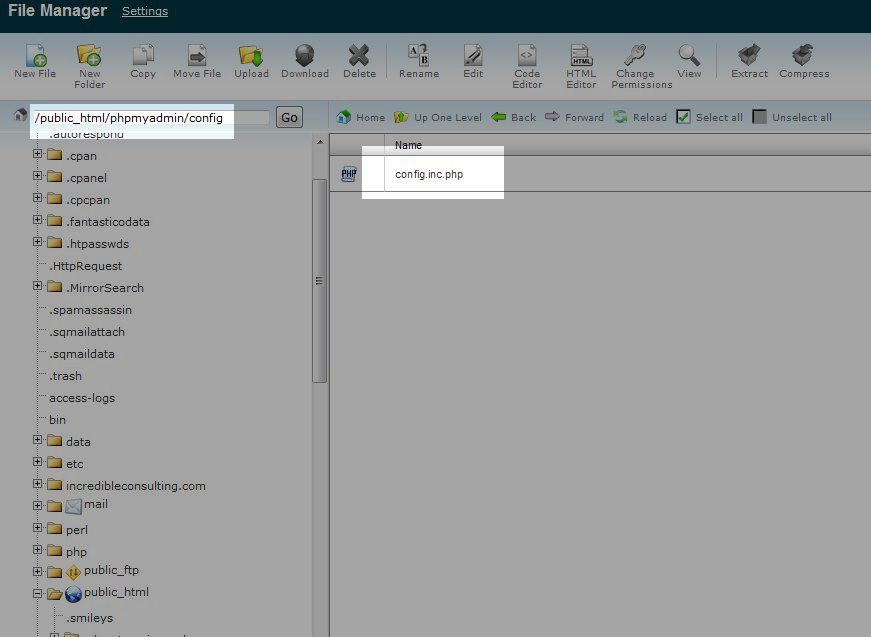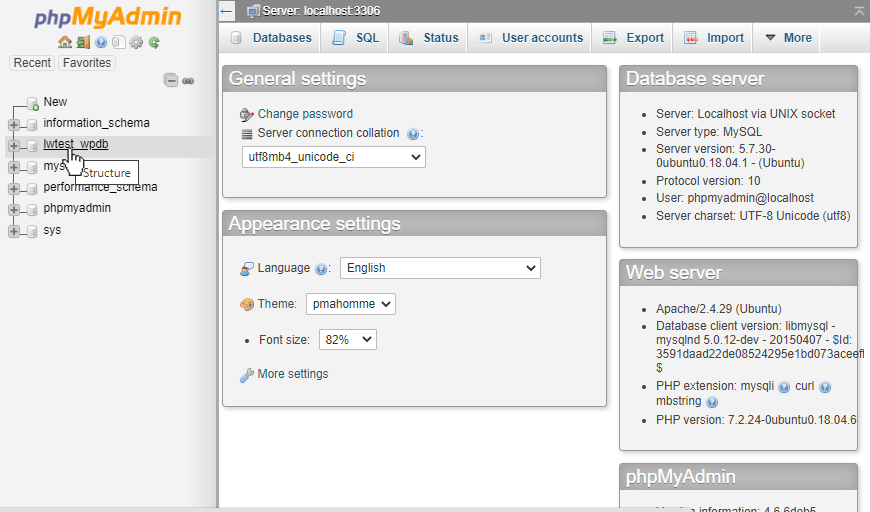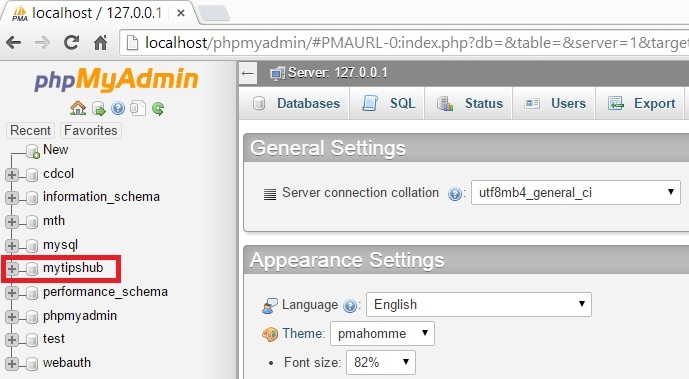

- PHPMYADMIN DELETE DATABASE GENERATOR
- PHPMYADMIN DELETE DATABASE UPDATE
- PHPMYADMIN DELETE DATABASE MANUAL
- PHPMYADMIN DELETE DATABASE PRO
Also since there is an unlimited total number of transfers, you can utilize up to 100 Manual Transfers.įor more information please see our Transfers Support Article, contact our transfers department at or call 866.96.
PHPMYADMIN DELETE DATABASE PRO
Another example: A Pro Dedicated server includes unlimited cPanel to cPanel transfers, this means you can have 150 sites (or even more) moved. Out of this 30, you can have 20 cPanel to cPanel transfers and 10 Manual Transfers, or any combination of the two that totals 30 or less websites.
PHPMYADMIN DELETE DATABASE GENERATOR
Please note that this does require that your old host's cPanel backup generator to be active.Ī few examples: An Aluminium Reseller account includes up to 30 free transfers. This will also include your emails and email accounts.
PHPMYADMIN DELETE DATABASE UPDATE
You may need to update any scripts or applications that reference this database, since the name has changed, if you want them to continue to have access to this database.ġWhile we can do unlimited cPanel to cPanel transfers for you, depending on your account, you will have a limited number of Manual Transfers.ĢFull cPanel transfers include all domains, Addon Domains, Subdomains, and cPanel settings. 5) To discard individual fields, you can check a field and use the Delete button. 4) Use the navigation tree in the left sidebar to locate the database table you wish to delete. On the Manage User Privileges page that appears, check the box next to All Privileges. 3) Scroll down to the Databases section and select phpMyAdmin.Choose a database that you want to delete, here I want to delete mytipshub database to guide you. Select the database user from the list (the same one that used to be associated with this database). At the left side column, there is a list of DB’s that are available or you have created.Select the database from the list (should be the new name).Scroll down to the Add User To Database section of the page.If your hosting plan has cPanel, then you will need to reconfigure user permissions. Once the operation is complete, click OK when asked if you want to reload the database.(This is a good time to make sure you spelled the new name correctly.) When it asks you to want to create the new database and drop the old database, click OK to proceed.Where it says " Rename database to:" enter the new database name.

Click on the database you wish to rename in the left-hand column.This is called an object cache, and if the plugin has an option to disable its object cache, use that option as opposed to deactivating the plugin. Certification Training Big Data Hadoop Certification Training Tableau Training Certification Python Certification Training for Data Science Selenium Certification Training PMP® Certification Exam Training Robotic Process Automation Training using UiPath Apache Spark and Scala Certification Training All Courses Career Related. Note: if you are using any type of cache plugin that caches DB queries, you should deactivate it before starting this process, and then re-enable it afterwards. If there are any issues with the new tables, revert the rename process to restore the original tables.Īfter you verify that your site is running fine with the two new tables, you can drop the two original tables since they are no longer needed. Open your database in phpMyAdmin (hPanel) or database in phpMyAdmin (cPanel) Check the boxes near tables you wish to delete (or check all box to check all. Now select operations and click on drop the database as shown in the screenshot below. You can then edit their global- and database-specific privileges, change their password, or even copy those privileges to a new user. Your site will throw errors during the minute or so you do the renaming. Go the phpMyAdmin home page and select the database which you want to delete. If the new tables look OK, use phpMyAdmin to rename wp_users and wp_usermeta to something else (rename wp_users first), and afterwards, rename wp_users2 and wp_usermeta2 to wp_users and wp_usermeta (rename wp_usermeta2 first). You now have tables with only the users you want, but please inspect both before proceeding. INSERT INTO wp_users2 SELECT * FROM wp_users WHERE ID IN (1,8,44) Then run the following two queries (using the correct table prefix): INSERT INTO wp_usermeta2 SELECT * FROM wp_usermeta WHERE user_id IN (1,8,44) Now find the IDs of the three users you want to retain. Change the table prefix from wp_ to the one in use on your site. You’ll need to do this with the wp_users and wp_usermeta tables, and give the new tables names of, say, wp_users2 and wp_usermeta2.

Instead, use the phpMyAdmin “Copy Table” feature (accessed from the Operations tab when viewing the table contents), and select the Structure only option. If you only want to retain three out of 364K users, you DO NOT want to use DELETE queries!


 0 kommentar(er)
0 kommentar(er)
